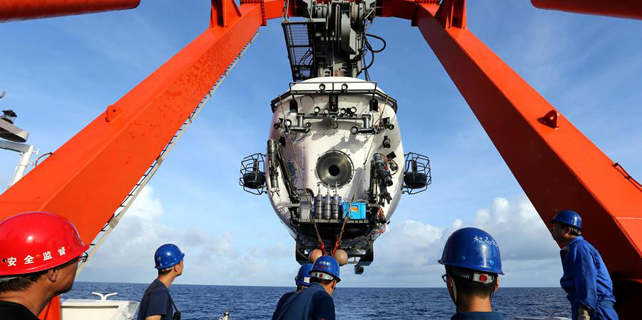CPEC's major energy plant inaugurates to benefit 10m locals
ISLAMABAD - The first generate unit of the Sahiwal power plant inaugurated on Thursday, marking that the first major power plant under the China-Pakistan Economic Corridor (CPEC) start to generate electricity for Pakistani people and will meet power demand of 10 million locals.
Pakistani Prime Minister Nawaz Sharif and Chief Minister of Punjab Province Shahbaz Sharif attended a ceremony held in the power plant which is one of the early harvest projects of CPEC.
The first unit of Sahiwal coal fired power project will generate 660 megawatt of electricity to the national grid of Pakistan and will help in reduction of power shortage in the country. The total capacity of the project is 1,320 megawatt and the second unit is expected to be put online late next month.
The plant, completed in a record period of 22 months, has already been linked to the national grid, officials said.
"This (project) will help overcome the power load shedding in the country. Completion of first Unit of Sahiwal Coal Power Plant gigantic project in just 22 months is unprecedented," Nawaz Sharif told the inauguration ceremony at Sahiwal.
"The role of the Chief Minister of Punjab, Chinese Ambassador to Pakistan, Chinese engineers and Pakistani engineers in the completion of the project is best example of Pak-China friendship and partnership," the prime minister said.
Officials said about 190 Pakistani young engineers trained in China have been employed for plant operations.
Chinese Ambassador to Pakistan Sun Weidong addressed the ceremony, saying that the operation of the first unit of Sahiwal power plant marks that "CPEC ushers in the stage of early harvest from comprehensive implementation and more and more tangible outcomes are on the way."
He added that CPEC begins to benefit the Pakistani people's livelihood as the two units of Sahiwal plant will generate electricity of 9 billion kWh, which could meet the energy needs of 10 million people.









